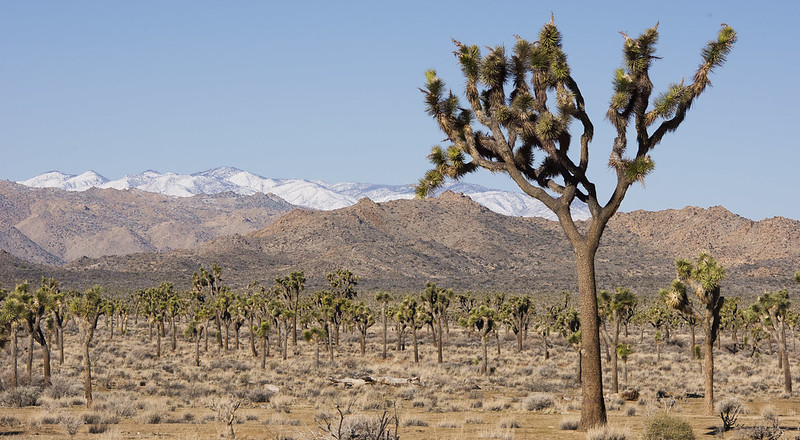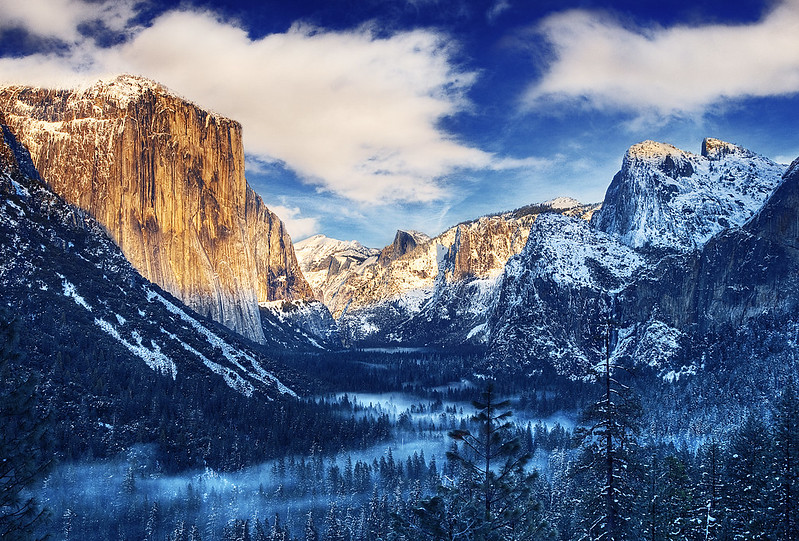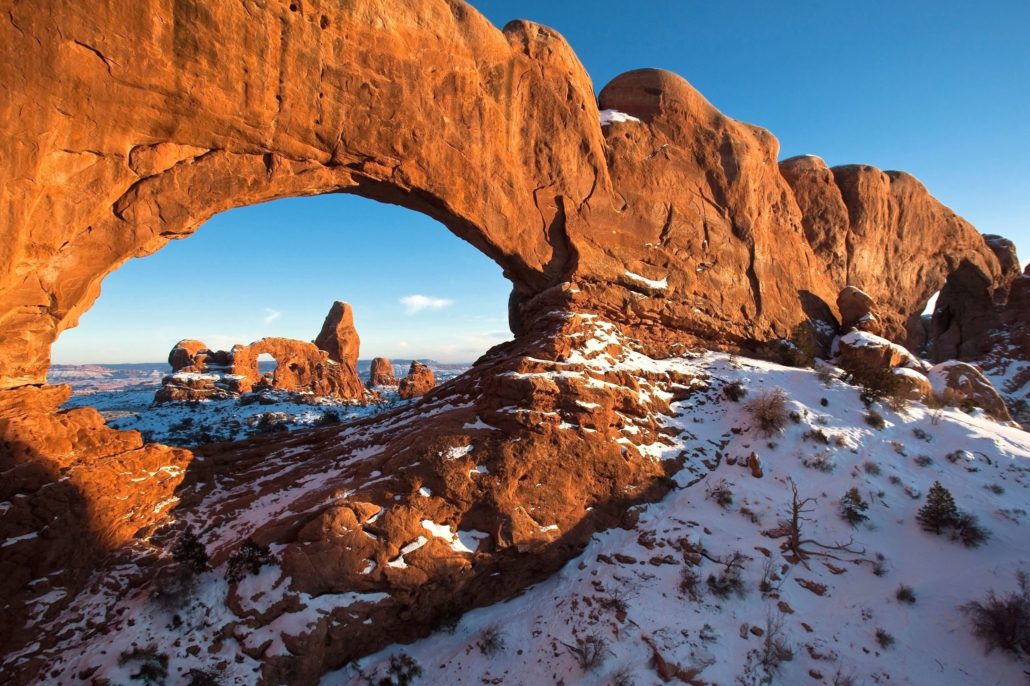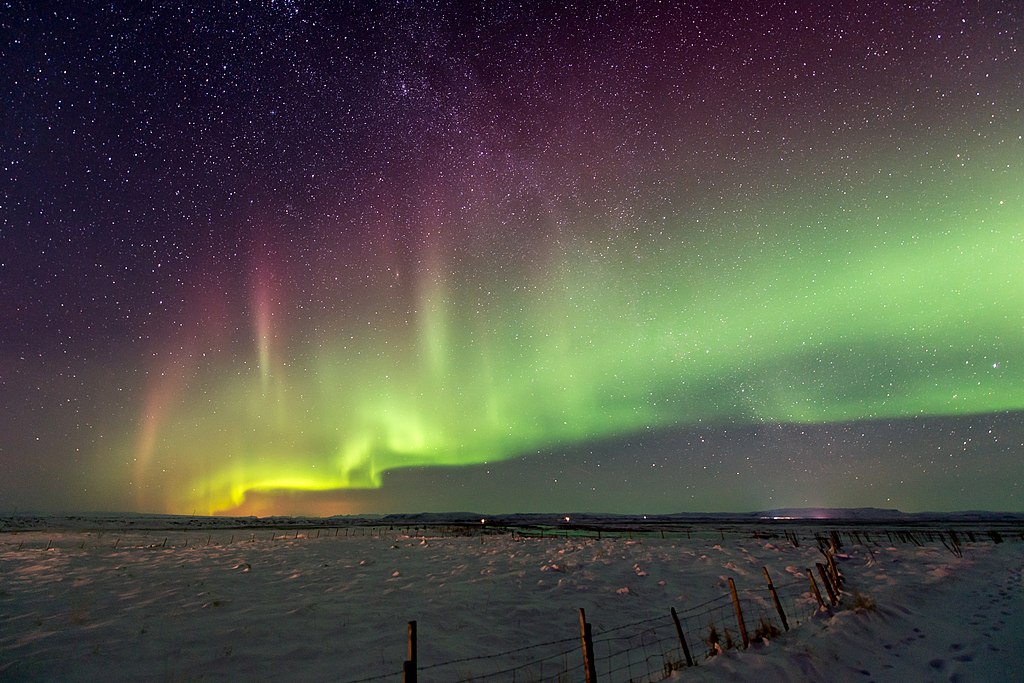Fall is a fantastic time to go camping and hiking in the Great Lakes State. Summer has come and gone and you’ve had your fill of the state’s beautiful beaches. Now it’s time to enjoy the fall foliage, vibrant colors, and cooler temperatures that will keep everyone cool and comfortable on the trail.
But, what if you want to bring your kids along? Spending more time outside with your children has countless benefits, and it’s a fantastic way to bond as a family.
So, whether the kids have a fall break from school or you just want to go exploring on a long weekend, let this serve as your guide to taking kids backpacking in Michigan, and how you can enjoy every moment by planning, preparing, and staying present.
Why Should You Go Backpacking in Michigan?
There’s no denying how enjoyable it is to spend time outdoors in the fall. The air is brisk, the colors are beautiful, and you don’t have to worry about as many bugs or other pests bothering you if you’re on the hiking trail. Maybe you already know and appreciate the benefits of being outside when it comes to your personal well-being. However, if you’re on the fence about putting together a camping trip with the kids, consider the many benefits that will come with it.
First, it’s important for kids to spend more time outside. Nowadays, kids tend to spend more time indoors than ever. Unfortunately, that can take a toll on their mental health. Studies have shown that kids who spend more time outdoors are smarter, more attentive, and less anxious.
Nature is a great healer, and will benefit your children’s physical and mental well-being. Some of the biggest benefits of kids spending more time outside include:
- Better physical health
- Reduced risk of anxiety and depression
- Improved sensory skills
- Greater attention span
- Greater social/emotional development
In addition to the benefit of spending time outside, camping with your kids helps them build survival skills, boosts self-esteem, and gives them the chance to disconnect from technology for a while. It’s a wonderful way to reconnect as a family and strengthen your bond.
How to Prepare Your Kids for a Backpacking Trip in Michigan
Whether you’re a beginner backpacker or you have years of experience, it takes a little extra time and preparation to make sure your kids are ready for a backpacking trip in Michigan.
It starts with having the right gear. You might know what to pack for yourself, but it’s a good rule of thumb to create a checklist so you can ensure every family member has everything they need in their bag, including:
- Raincover
- Water bottles
- Snacks
- Extra clothes
- First aid items
It’s also a good idea to pack some kind of bug protection in your backcountry kit. It might be fall, and there will likely be fewer bees, wasps, and mosquitos. However, harmful pests like ticks are still lingering in thick, wooded areas. They love to hide in dry leaves and grass, so keep yourself and your kids protective with the right clothing and repellents. A single tick can cause Lyme disease, which can make children especially sick. If you’re making your backpacking trip a family affair and bringing your dog along, make sure they’re on a flea and tick preventative to reduce the risk of them getting bitten.
In addition to packing the right gear, make sure to educate your children on how to stay safe while backpacking. Consider doing some “roleplaying” in your neighborhood or a local park to give them a better idea of what to expect. Your personal safety plan is up to you, but you might want to consider including things like:
- Using a buddy system
- Having your kids carry whistles
- Making sure they know how to stay on marked trails
- Teaching them to stay within your view while you’re hiking
By keeping everyone safe, you’ll all be able to enjoy your experience that much more. You’ll also implement better outdoor habits in your children from a young age that they will carry with them into adulthood. They’ll know how to keep themselves safe on the trail while respecting nature at the same time.
The Best Family-Friendly Destinations This Fall
Once everyone knows what to pack and how to stay safe on the trip, it’s time to decide where to go backpacking with your kids. Thankfully, Michigan doesn’t have a shortage of beautiful fall backpacking locations the entire family will enjoy.
If you’re planning on a weekend getaway or an extended trip, one of the best ways to fully immerse yourself in the great outdoors is to check out some of the state’s awesome campgrounds. You’ll experience the natural beauty of a Michigan fall and can enjoy some family-friendly activities when you’re not on the trail, including everything from roasting marshmallows over a campfire to telling kid-friendly ghost stories with a cup of warm apple cider in the evenings. If you’re backpacking in Michigan with your kids, some of the best family-friendly campgrounds Michigan has to offer include:
- Dunes Harbor Family Camp – Silver Lake
- H. Day Campground – Glen Arbor
- Lake Leelanau RV Park – Lake Leelanau
- Logan Hills Campground – Hale
- Sandy Pines – Hopkins
If you want to take a longer trip and head outside the Great Lakes State, the midwest is ripe with fall beauty and wonderful hiking trails. Consider visiting some nearby national parks in neighboring states, like Cuyahoga Valley National Park in Ohio. In addition to great hiking trails and beautiful colors, the park offers railroad rides. What kid wouldn’t love that?
Chances are, you’re closer to a great backpacking or camping spot than you might think. If you have younger kids, consider looking locally at nearby parks or campgrounds to enjoy the backpacking experience without having to venture too far from home.
Indiana Dunes State Park in Michigan is another great option for backpacking in Michigan with kids. While it’s typically known for being a “beach park,” it’s not to be missed in the fall. Indiana Dunes has great hiking trails, campgrounds, and serves as a great fishing site if you want to catch your dinner.
It’s also a popular geocaching location for locals and tourists alike. If you’re spending a few days there, try going geocaching with the kids almost anywhere in Michigan. It will help them build map-reading and problem-solving skills, and they’ll love being able to look for “treasure”.
While many people consider summer the best time to head out and go exploring with the family, fall might just be the superior season! If you’re looking for something fun, educational, and beneficial to enjoy with the whole family this season, consider taking your kids backpacking in Michigan.
You’ll teach them a lot about nature, and enjoy some time together without digital distractions or the stress of everyday life. You might even start an autumn family tradition that you come back to each year.





